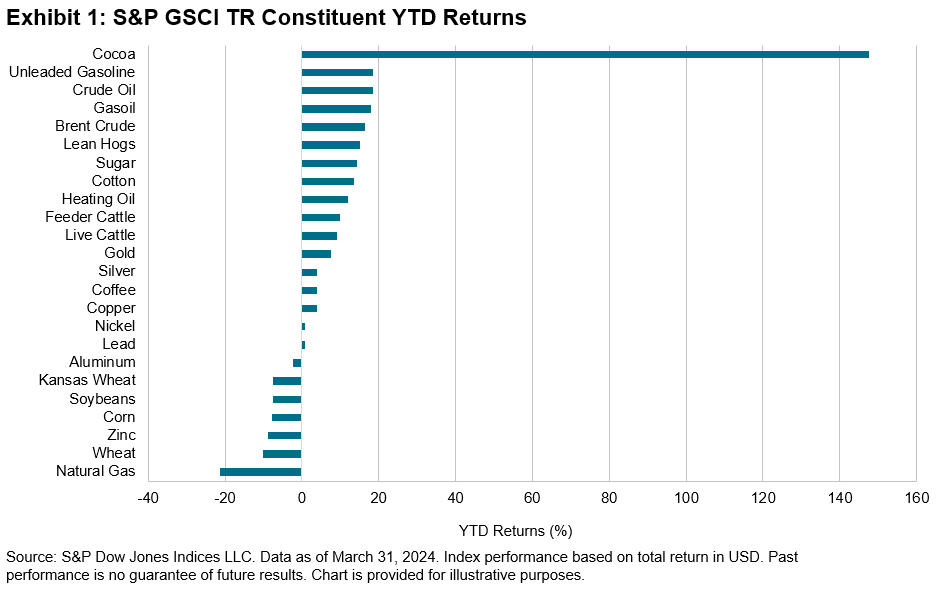The tale of a footrace between a determined tortoise and a swift but ultimately complacent hare has been with us for a long time. The earliest known version is two and a half thousand years old; it begins with the hare mocking the tortoise’s slow feet, which leads to a challenge and a contest, and ends in a surprising victory.
We recently published a paper on the rise of passive investing in the fixed income markets and borrowed the title of Aesop’s fable for our purposes. Those who are more audibly inclined can hear an interview on the topic conducted via S&P Global’s “The Essential Podcast”—which I must admit was great fun to participate in.
There are a couple of ways in which a comparison between Aesop’s fable and passive bond investing may be germane. On the one hand, active investing is the more nimble and celebrated approach: beating the index, never settling for “average,” in comparison to the methodical and pedestrian process of passively tracking a market. In this reading, active managers play the role of the hare, index investors the tortoise.
On the other hand, the story of passive investing is more frequently told with regards to the stock market: the first index fund, the first ETF, the greatest proportion of assets—are all assigned to the equity story. The stock markets (and their indices) are also subject to more glamorous and exciting media coverage, most of the time. In terms of passive adoption, it is the bond markets that are the tortoise.
Both interpretations align with a general perception among professional investors that the bond markets are more suited to active management. It seems to be widely believed that active managers have a greater success rate in bonds, and while that may not necessarily be true, it is a fact that passive adoption is less material among bond mutual funds, and tracking bond indices can be much harder than tracking equity indices.
Nonetheless, much like the slow-and-steady tortoise, passive investing is catching up in bonds. This is a trend of significant importance to those working in or using financial services. If the current trajectory continues, the profession of fixed income investment management may be set for a fundamental evolution—echoing that which has occurred in equities over the past 50 years.
Slow and steady doesn’t always win the race, but there is mounting evidence—including in our SPIVA® Scorecards—suggesting that it’s not a bad approach to the markets. To dig into the details, we invite you to take a dive into the paper or listen to the podcast.
The posts on this blog are opinions, not advice. Please read our Disclaimers.




